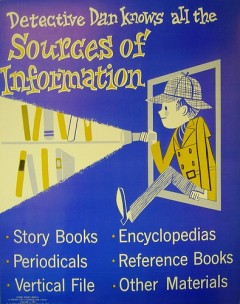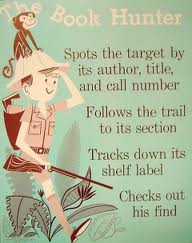We’re told to be on as many platforms for social media as we can get our fist around. Not every social media is for every person and I would more encourage you to find two or three you really love and connects you with different people through each platform.
Are there ways to maximize your time?
Absolutely.
In this post I’m going to cover several of the larger social media platforms and how you can link each one to reach your audience in each market.
**Note: (and this is purely my personal opinion) if you have crossover audiences between your social medias that you’re sharing the same content on, I would advise against this. Seeing the same thing over and over, weakens your audience’s interest in what you’re offering. Just keep this in mind.**
**ALSO PLEASE NOTE: in offering these multiple ways to link your platforms, you stand the potential for limiting your reach, especially due to Facebook algorithms. This should never be a total substitute for going in and posting real time updates directly to your social medias, especially Facebook. Take this information with a grain of salt and don’t assume that all your work will now be taken care of. :)**
Linking Facebook:
To send Facebook updates to Twitter see this link: https://www.facebook.com/twitter/ this will give you instructions for linking your profile page and each of your public fan pages you might have.
Linking Twitter:
Login and navigate to your settings (under edit profile which is found by clicking on your profile picture). Go to apps and it’s as simple as choosing an account and loading your password.
Linking Instagram:
You’ll have to do this from your phone’s app. Go to your profile and click the three dots in the upper right hand corner. Under settings choose Linked Accounts. Here you can connect Facebook and Twitter. If you have a picture you don’t want to post to one of these medias, just click off those options before it posts.
Linking Google+:
This topic is more complicated. But it can be done! I’m directing you to this resource that I found online for linking your Google+ updates into Facebook.
Linking Goodreads:
Go to the edit profile function. (Found under the drop down arrow next to your picture in the upper right hand corner). Click the “apps” tab and connect the social medias you want linked. Goodreads also has widgets you can add to your blog that are customized to your book lists.
Linking Pinterest:
Log into Pinterest. Visit your profile page—this is where you’ll see all your boards and pins. Click on the “wheel” in the upper right hand corner and choose account settings. Scroll until you see “Connect Your Social Networks”.
Linking Your Blog:
The easiest form of promotion. You write a blog post. It posts to Facebook. Get started here: http://www.networkedblogs.com/ But note: when you accidentally hit publish it does show up on Facebook, but you CAN remove it. 🙂 If you have hooked your Facebook to Twitter, it will also automatically post there. However there is a pretty big BUT with using Network blogs and you can read that more fully here. You can do this, but be aware, that Network blogs does diminish your reach, especially if you’re using the free version. If you pay a high enough price, Network Blogs won’t route through their platform just to boost their own numbers (what they do on the free option plan). Facebook also limits your reach in using this platform to their social media as only Facebook can. There are positives: posting your blog automatically to Facebook and other social medias. But there are negatives, so weigh both carefully, before handing your blog link over.
Host platforms for scheduling social media updates:
You can schedule updates across multiple platforms so you only have to load an update once and pick the publish time. A couple different options to research for which one best fits your needs are: Buffer, TweetDeck, Hootsuite, Edgar (though not free) to name a few.
So there you have it! A few tips to connect each of your social medias. Don’t be daunted by this, take it one at a time. And let me know of your success or failures. Of which I hope there is many of the first and none of the last!











